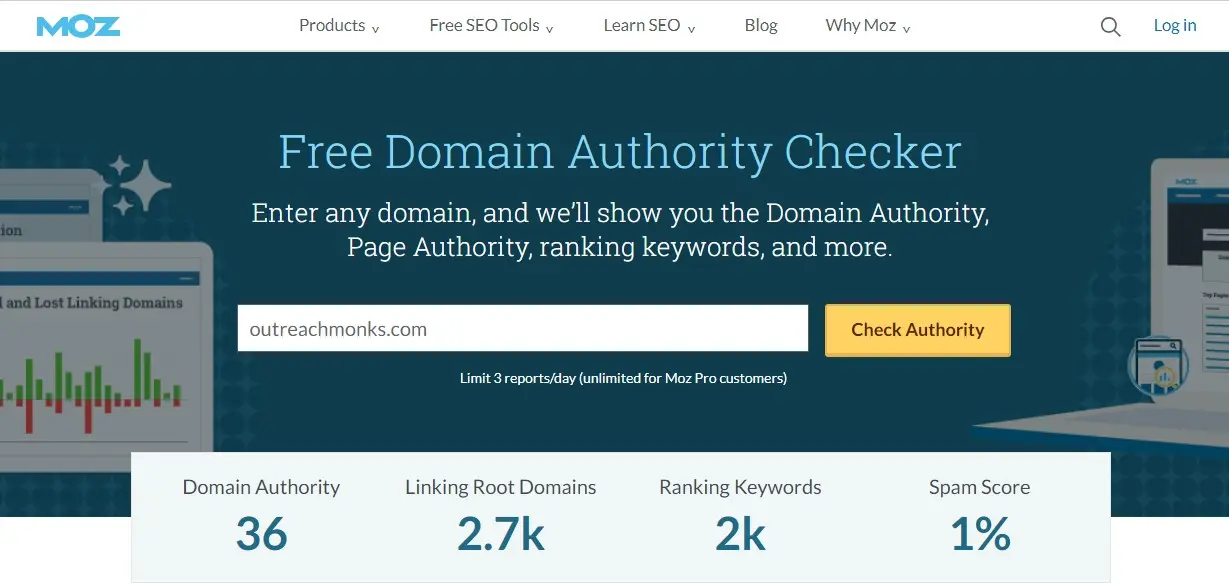In today’s digital landscape, businesses, bloggers, and influencers face a common challenge: maintaining a strong and influential online presence. Two key elements play a crucial role in this—Domain Rating (DR) and social media presence. Both serve as indicators of authority, engagement, and visibility, but they operate in different arenas and influence online strategy in unique ways. Let’s dive into the differences and respective importance of domain rating checker vs social media platforms.
What Is Domain Rating?
Domain Rating is a metric that quantifies the authority and strength of a website based on the quality and number of backlinks (links from other sites) pointing to it. Tools like Ahrefs, Moz (which uses Domain Authority, a similar concept), and others offer domain rating checkers that provide a numerical value on a scale, often from 0 to 100. The higher the domain rating, the stronger a site’s reputation in terms of search engine optimization (SEO).How Domain Rating Works:
- Backlinks: A site gains a higher domain rating if it has a large number of high-quality, reputable backlinks.
- Referring Domains: The number of unique websites that link back to your site is critical. Multiple backlinks from a single domain hold less weight than a variety of high-authority domains linking to your content.
- Link Quality: Not all backlinks are equal. Links from authoritative, well-known websites (e.g., Forbes, BBC) carry more weight than links from less reputable sources.
What Is Social Media Presence?
While domain rating reflects authority through links and search engines, social media presence measures audience engagement, reach, and influence on platforms like Instagram, Twitter (X), LinkedIn, Facebook, and TikTok. A strong social media presence often leads to high engagement rates, loyal followers, and viral content, significantly contributing to brand visibility and direct interaction with the target audience.Key Elements of Social Media Presence:
- Engagement: Likes, shares, comments, and interactions reflect how well a brand or individual connects with their audience.
- Follower Count: The more followers a social media profile has, the larger the potential reach, although engagement quality often matters more than sheer numbers.
- Content Virality: Highly shareable content can generate viral reach, amplifying visibility and brand awareness exponentially.
Domain Rating vs. Social Media Presence: Key Differences
1. Focus Area:
- Domain Rating: Primarily focuses on SEO and website credibility. It's about ranking higher in Google search results.
- Social Media: Centers on real-time engagement and direct interaction with an audience. It's about building relationships and brand loyalty through personal connections.
2. Time to Impact:
- Domain Rating: Generally a long-term strategy. Building domain authority can take months or even years, depending on the quality of content and backlink efforts.
- Social Media: Often shows immediate results. A post can go viral within hours or days, rapidly increasing visibility.
3. Nature of Interaction:
- Domain Rating: Indirect influence. You create content that attracts links and allows search engines to determine your relevance.
- Social Media: Direct interaction with followers. You can respond to comments, interact with customers, and build a community in real-time.
4. Conversion Pathways:
- Domain Rating: A high domain rating helps increase organic traffic to a website, which can lead to conversions through sales, subscriptions, or inquiries.
- Social Media: Social media drives brand awareness and engagement, which can lead to direct conversions through ads, promotions, or influencer collaborations.
Which Is More Important?
The truth is, both domain rating and social media are essential for a balanced online strategy. The choice of which to prioritize often depends on your goals:- SEO-focused businesses (e.g., e-commerce stores, blogs) should place a higher emphasis on domain rating. Organic traffic via search engines tends to be more consistent and cost-effective in the long run.
- Brands targeting a younger, highly engaged audience should focus on social media presence. Platforms like Instagram, TikTok, and Twitter (X) provide rapid engagement and direct access to potential customers.


